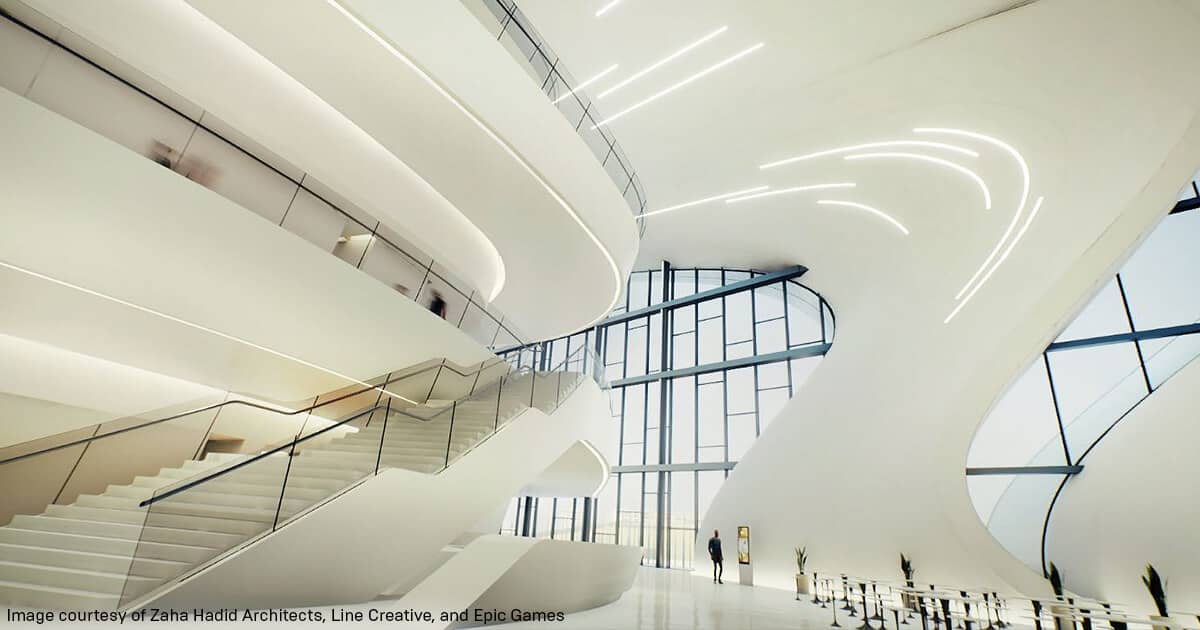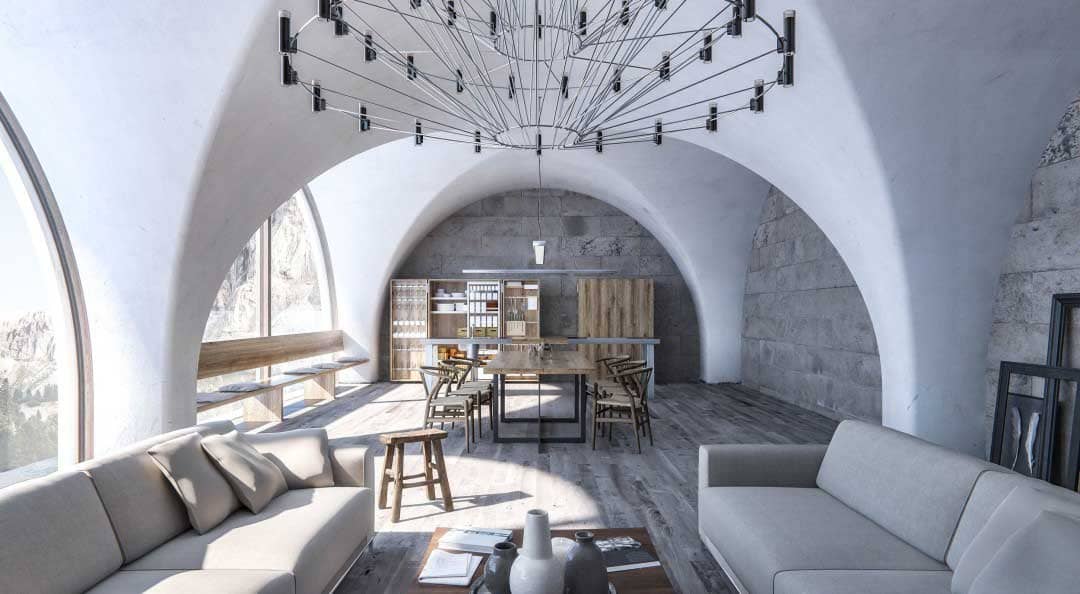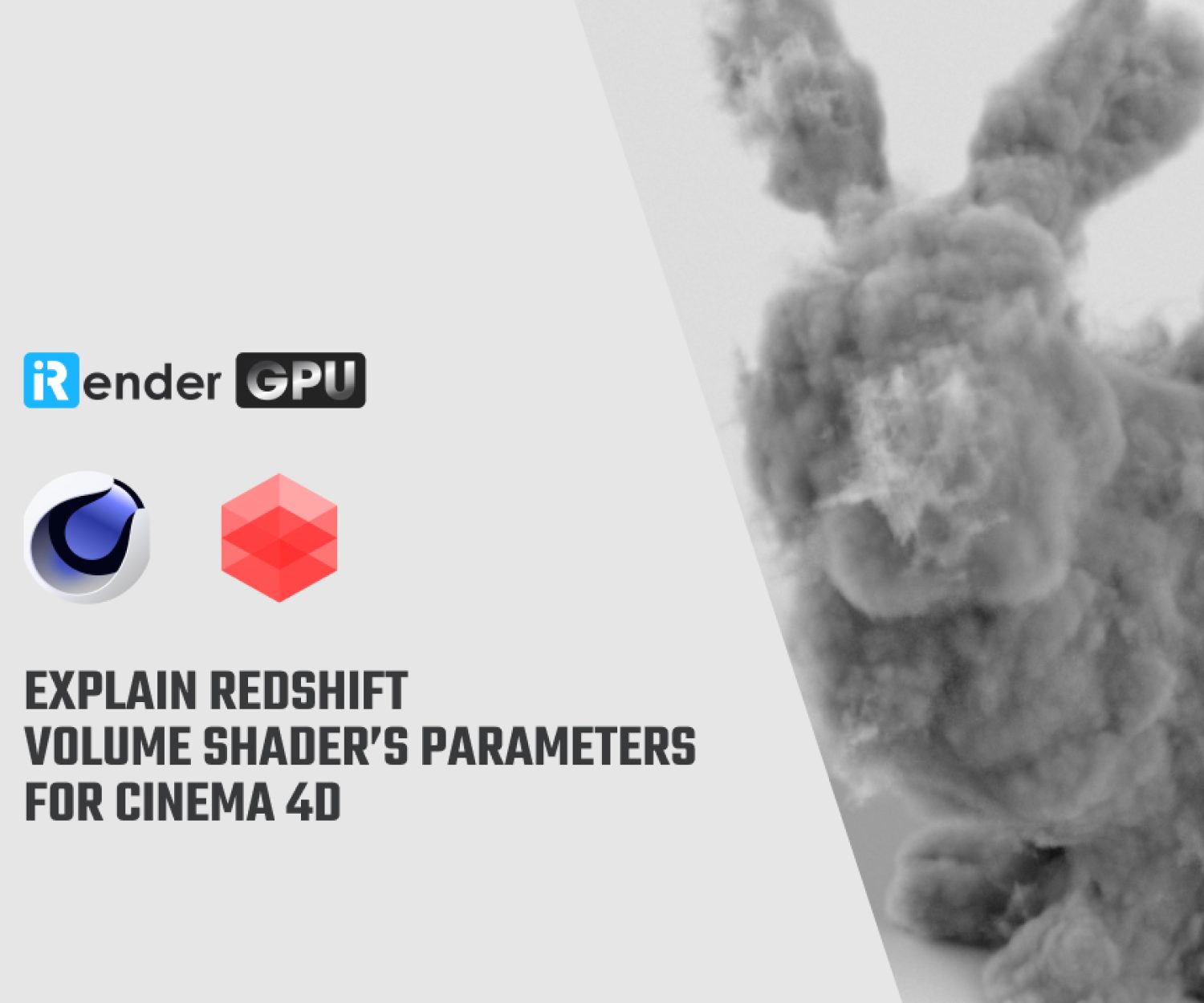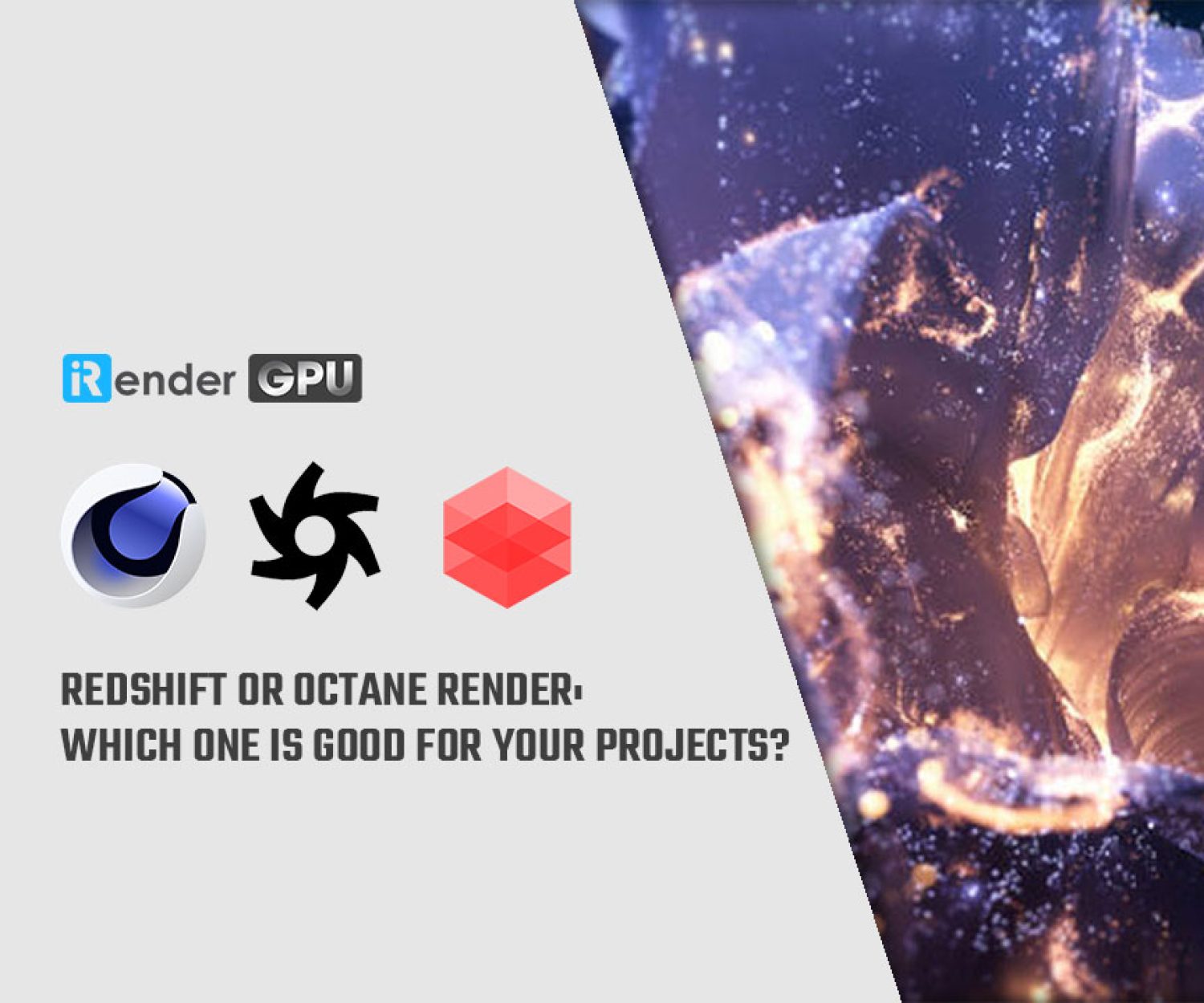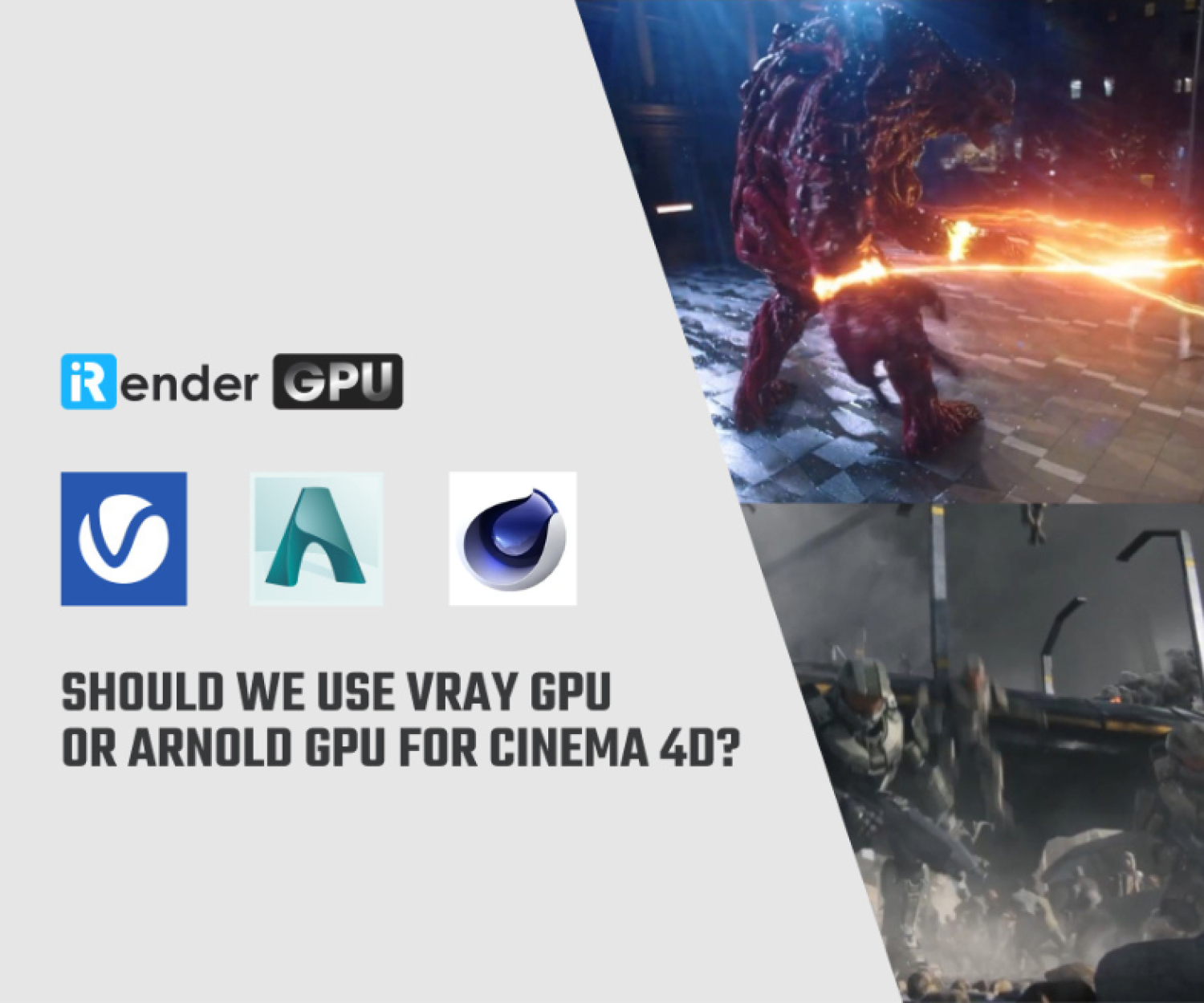Tips in learning how to use rendering softwares for beginner
Put simply, rendering software is a special type of program that allows 3D modelers, designers, and architects to re-create buildings, interiors, exteriors, and 3D models, in a virtual environment. It’s a graphical software that allows you to generate photo-realistic digital environments that help clients visualize their designs and possibly make needed changes before the construction even starts.
Rendering software has transformed architecture forever. It helps architects find potential errors in their designs before the construction phase, it’s far less time-consuming than traditional architectural design, and it’s simply a very powerful tool when it comes to visualization. Most successful architecture companies and designers use some rendering software during the design phase of projects because of the many benefits it provides.
Today, renders can be used to re-create an entire building or an interior in a VR environment that allows clients and potential buyers to experience a design first hand, years before a building has been built. Rendering software opens up the door to many new possibilities, and today, it’s the go-to solution for most architectural design projects, especially those that are more complex than others.
In today’s post, also get an overview of how to get started with rendering softwares for beginner to become an expert.
Taking Online Classes
If you’re new to rendering software, you’ll have a lot to learn as most of these software solutions offer dozens of different tools, lighting effects, textures, materials, and other options. It can be a lot to take in, especially if you have no previous experience with similar tools. That’s why it’s very important that you start learning how everything works from someone who has a lot of experience.
With today’s technology, you can master rendering softwares for beginner from the comfort of your home. You can find hundreds of different online classes and tutorials that will take you through the entire rendering process and help you master 3D rendering. Keep in mind that the process can be very slow since you’ll have a lot of different details to cover. Of course, you will also need extensive knowledge of architecture, design, material use, and so on to even be able to follow the classes.
Learn From Instructional Videos
If you don’t feel like joining an online class, you can also try to learn how rendering software is used from online instructional videos. You can even combine the two methods to get the best possible results. These instructional videos usually offer step-by-step explanations on how each tool is used, what details to focus on as you create a 3D render, and how to approach different types of projects.
Instructional videos are also a good idea if you want to learn more advanced tips and tricks from experienced designers. The best thing about using rendering softwares for beginner is that you can come up with your own design solutions and effects once you master the program.
Get to Know the Program Itself
That brings us to the next point – learning how rendering software works by heart. Keep in mind that the process won’t be quick or straightforward, as you’ll have to master every tool, the situations in which it is used, and how to combine a few of them to get the best results. Think of it as Photoshop. Some people use it to improve their photos, while others use it to create new images.
That’s what you’ll be doing, so you’ll have to consider many different elements to create a realistic design. You can only achieve that through a lot of practice and experimenting with different tools within the software. So, don’t be afraid to mix things up, see how different tools affect your original design, and so on. Play around with the software until you feel that you understand how each tool works and feel good about the entire design process.
Learning How to Post-Produce Projects
Post-production is as important as 3D modeling itself. Once you’re finished with modeling your architectural design, you will want to make it look as realistic as possible. The post-production phase often takes more time to complete than the design itself because you want to correctly capture all of the details.
During this phase, you’ll be experimenting with different lighting, materials, adding reflections, shadows, and all other visual details needed to make the image look real. Luckily, the most advanced rendering software already comes with ray-tracing tools, real-time engines, and so on. You’ll also need a powerful PC to make sure that everything runs as smoothly as possible. Post-production is an art in itself, so you might need years to really master everything.
Practice Makes Perfect
Just like with anything else in life, practice makes perfect. No matter which 3D rendering software you choose to master, it will probably take you years until you do. One important thing to remember is to pick a software solution and stick with it until you master every nook and cranny. You should definitely start small with simple designs and projects and work your way up as your skills improve.
You can start by walking around town and taking photos of the buildings you come across. Take as many photos as you can from different angles and recreate the same atmosphere in your 3D renders. Once you’re able to make a virtual copy of an existing building, you can start creating your own designs using the same techniques. Dedicate a few hours to working on your rendering skills every day, and results will surely follow.
Work With Shaders
Shading makes all the difference when it comes to image quality. Just think back a few decades and remember how video games used to look. Apart from having poor 3D models, the graphics didn’t look very realistic because there were almost no shaders. Today, things are much different. The GPUs’ technology has advanced to the point where graphics cards can render a ton of shaders in real-time.
That’s what goes on when you create 3D renders. Shading is really a virtual recreation of colors in a virtual environment. As a designer, you have to reproduce the shape of a building and the way it looks from different angles and viewpoints. Colors reflect differently on different materials, times of the day, and other details. Shading is one of the most important parts of reaching the highest photorealism level, and it largely depends on your ability to reproduce real surfaces.
Learn How to Manipulate Light
Lighting also plays a major role in architectural rendering because it allows you to set your design mood. It’s also very important to add realism to your designs. Lighting and shadows are the most important factors that make the biggest difference between a 2D image and a 3D design. Without the right use of lighting, your renders will look like drawings more than anything else.
The right lighting has the power to define elements in your designs by bringing out different tones. The contrast will make your designs look more realistic and reveal their 3D nature. Shadows can also help you add detail to bare elements and materials to balance the entire design. It’s simply one of the most important elements in every 3D visualization project, but it’s even more important in architecture.
Lastly, lighting also has a prominent role in highlighting the most important features of your design. The right use of lighting can help you create amazing renders that look almost 100% realistic. It’s a very powerful tool, and in the right hands, it can make a huge difference in the final render.
Use renderfarms or cloud render service
It is a fact that, rendering softwares for beginner in the field, it is not always easy to invest in a computer or a workstation that meets the needs of their render engine because you must have knowledge of hardware as well as financial capacity. That’s why render farms and cloud render service providers are a great choice for beginners to start with their first and small projects.
iRender prides itself on providing the right configuration packages for almost popular render engines to give you a great experience in rendering. If you have any questions about how to speed up your rendering with our service, register for an account today to experience our service. Or contact us via WhatsApp: (+84) 912 515 500/ email [email protected] for advice and support.
iRender – Happy Rendering!
Source: easyrender.com
Related Posts
The latest creative news from Houdini Cloud Rendering , Cinema 4D Cloud Rendering , Redshift Cloud Rendering, Octane Cloud Rendering, 3D VFX Plugins & Cloud Rendering.



